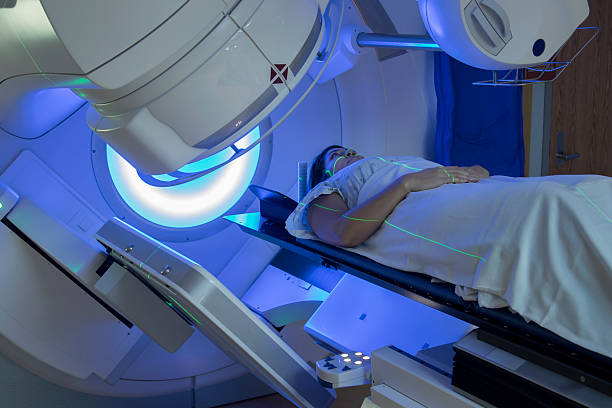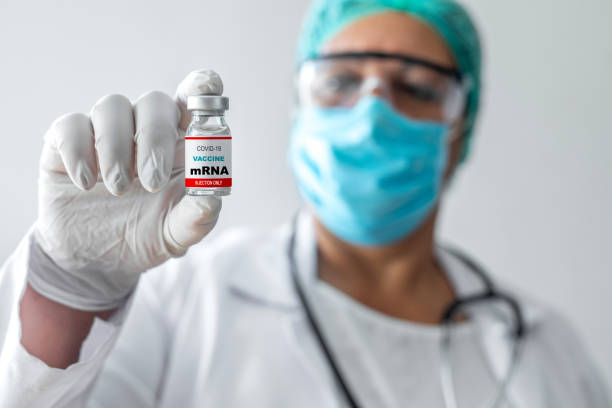Cancer continues to be among the top leading causes of death worldwide. The latest study showed an estimated 18 million cancer cases globally. Of these, 8.8 million cases were in women and 9.3 million in men.
Within the period of study, cancer accounted for about 10 million deaths. According to the World Health Organization (WHO), the following are the most common types of cancers (in regard to cases).
- Breast cancer: 2.26 million cases
- Lung cancer: 2.21 million cases
- Colon and rectum cancer: 1.93 million cases
- Prostate cancer: 1.41 million cases
- Skin cancer (non-melanoma): 1.20 million cases
- Stomach cancer: 1.09 million cases
What’s more, approximately 400,000 children develop cancer each year. But how did we get here?
The history of cancer
Typically, cancer is a condition in which cells grow uncontrollably and spread across organs. The disease can start almost anywhere in the body. Certain types of cancer cause visible growths (tumors), while others, like leukemia, do not.
Although cancer prevalence has seen a surge in recent decades, the disease has been around for centuries. The oldest description of cancer was discovered in Egypt around 3000 BC, and the disease was first called “cancer” (Latin for “crab,” due to its supposed crab-like appearance) by a Greek physician Hippocrates (the Father of Medicine, 460–370 BC).
For 5000 years, scientists from all over the world have been researching the disease while trying to find a potential cure. As result, cancer treatment has constantly evolved. Today, there are various ways to treat cancer.
Cancer treatments

Fewer people are dying of cancer now than two decades ago. Innovations around early cancer detection and treatments have made it possible for doctors to help people with cancer live longer.
Today, if you have cancer, your doctor may recommend one or a combination of these cancer treatments:
1. Chemotherapy
Chemotherapy (chemo) is the most often-used cancer treatment, involving the use of drugs to kill fast-growing cancer cells and prevent tumor growth. Chemo drugs may be taken by mouth or injected into the blood via IV. Chemo helps keep cancerous cells from dividing, making more cells, and spreading.
2. Surgery
Surgery has been used to treat cancer for many years. It involves treating cancer by physically removing the tumor. Depending on the location of the tumor, cancer surgery may be open (larger incision) or less invasive (tiny incisions). Cryosurgery is a less invasive surgery that involves destroying cancerous cells with cold temperatures.
3. Radiation Therapy
Radiation therapy (radiotherapy) uses x-rays, radioactive seeds, or particles to destroy cancerous cells. Radiation therapy can be administered in two ways:
- External beam. This is the most common form. It involves aiming high-energy X-ray beams at the cancerous cells. The beams are from a machine outside the body.
- Internal beam. Delivers radiation inside your body. Achieved through placing radioactive seeds into or near the cancer cells; swallowing a pill; or through IV.
The radiation type that your doctor recommends depends on the size and location of the tumor, among other factors. Radiotherapy can help enhance the effectiveness of cancer surgery, prevent the spread of cancer cells, or relieve the pain of advanced cancer.
The Cancer Vaccine?
In the past 50 years, scientists and researchers have intensified efforts to pursue cancer vaccines with modest success. Apart from the prophylactic vaccines against human papillomavirus (HPV) and hepatitis B virus (HBV) in preventing cervical and liver cancer, most of the preclinical and clinical tests have shown limited or no effectiveness of cancer vaccines.
As the world waits for cancer vaccines to become a reality, researchers have been dodging obstacles to therapeutic vaccines developments. Several challenges cause the obstacles.
A major problem is that cancer cells hide from the immune system, making designing a vaccine complicated. Also, cancer occurs in many forms. Lung cancer is different from breast cancer, which is different from skin cancer. No two lung cancers or breast cancers or melanomas are the same. In other words, every patient’s cancer is unique.
Besides, while the goal of vaccines is similar – training the immune system against a specific molecule or antigen – there’s one important difference: Unlike other vaccines, cancer vaccines are treatments in lieu of preventive measures. But, can researchers overcome these challenges? Let’s find out.
COVID-19, mRNA, and the Development of Cancer Vaccines

COVID-19 derailed almost every other medical research, with nearly every effort being redirected toward developing a vaccine for coronavirus. Tough times, but out of the tragedy of the pandemic, a glimmer of a remarkable technology appeared – a disruptive vaccine technology was brought into the limelight.
The COVID-19 pandemic has thrown a spotlight on messenger RNA (mRNA) – the cell molecule that carries instructions for protein synthesis. The mRNA vaccines are a new technology that came to the forefront during the COVID-19 pandemic. Today, more than 5.51 billion people worldwide have received mRNA vaccines that provide protection against COVID-19.
The unprecedented success of mRNA vaccines against COVID-19 has renewed vigor that the technology could bring breakthroughs to effective vaccines against an older global plague: cancer. The work has already started, and the world may have a cancer vaccine soon.
A Cancer Vaccine before 2030
After decades of effort, the long chase for cancer vaccines seems to be coming to an end. Soon the public may have access to a vaccine that will protect them from high risk of cancer.
BioNTech, the creators of the revolutionary Pfizer mRNA vaccine, is now working on a cancer vaccine that could be available before 2030. These shots would train the human body to attack cancer cells as they form. Researchers are extremely confident this technology will work, changing our lives in enormous ways.
Moderna and CureVac, in association with pharmaceutical companies, are also working on several cancer vaccines and results from preliminary tests are nothing but optimistic. These are a few cases among the dozens of trials testing mRNA vaccines in patients with various forms of cancer, including melanoma, pancreatic cancer, and colorectal cancer. If the preliminary reports are anything to go by, the monster that is cancer could soon be defeated.
Asked how soon in a recent interview, BioNTech’s Professor Ozlem Tureci had this to say: “Yes, we feel that a cure for cancer, or to changing cancer patients’ lives, is in our grasp… We believe that this will happen, definitely, before 2030.”
Are you optimistic about the cancer vaccine? Do you think we’ll have a cancer cure by 2030? Let us know in the comment section below, and don’t forget to share this information.